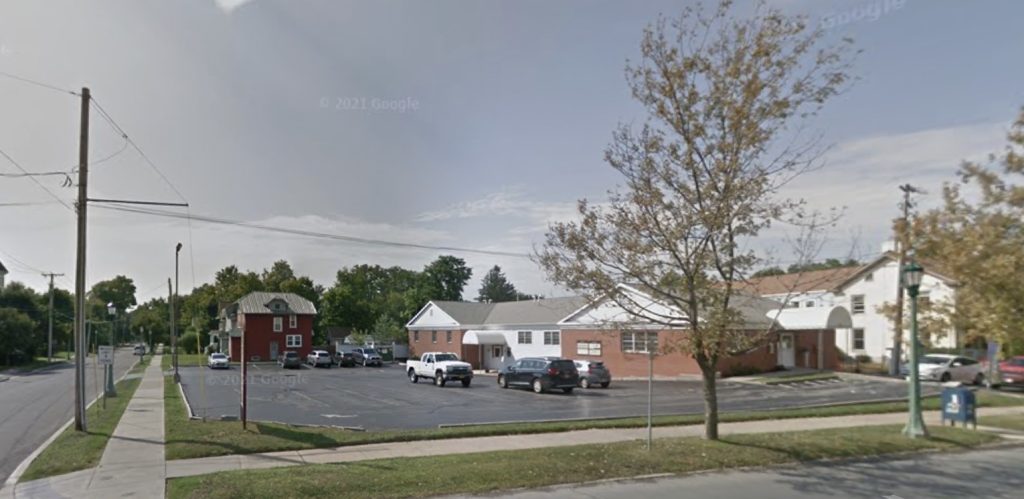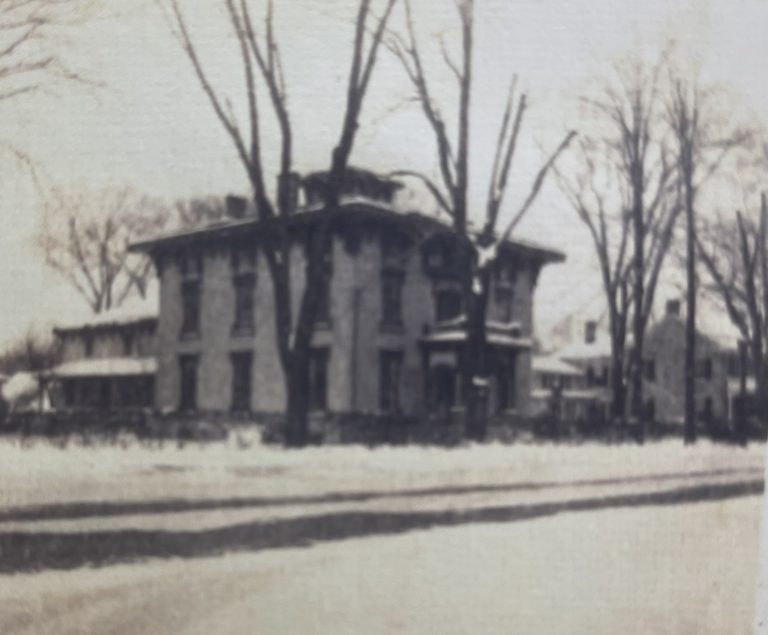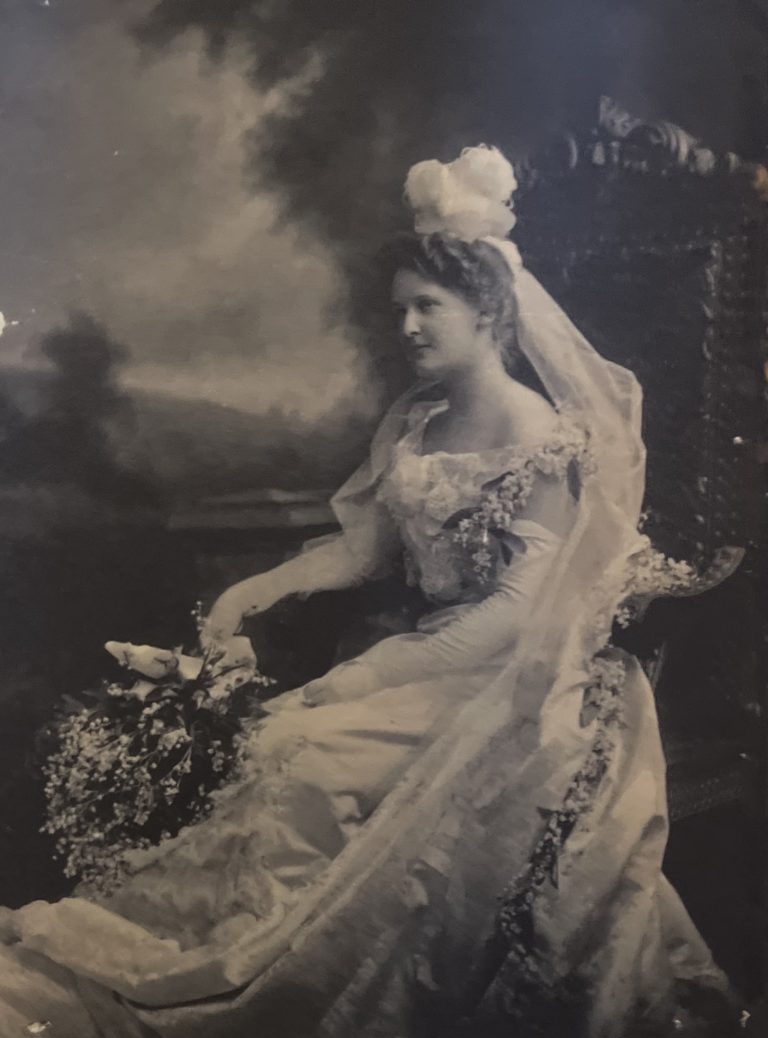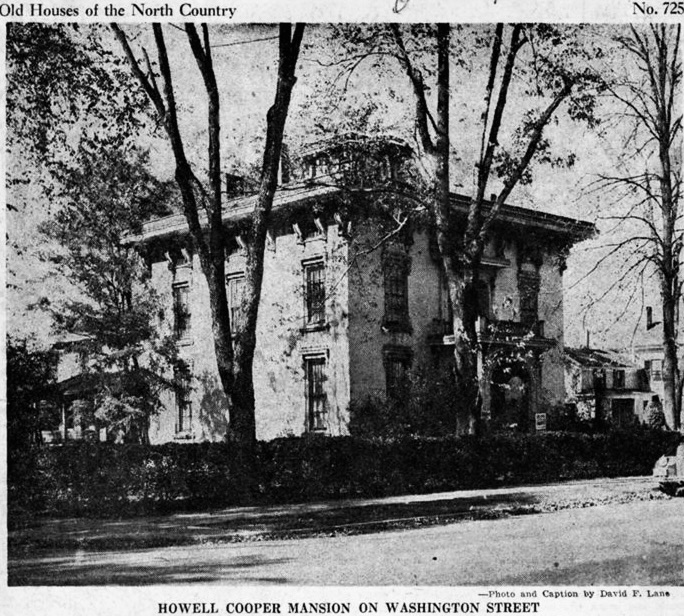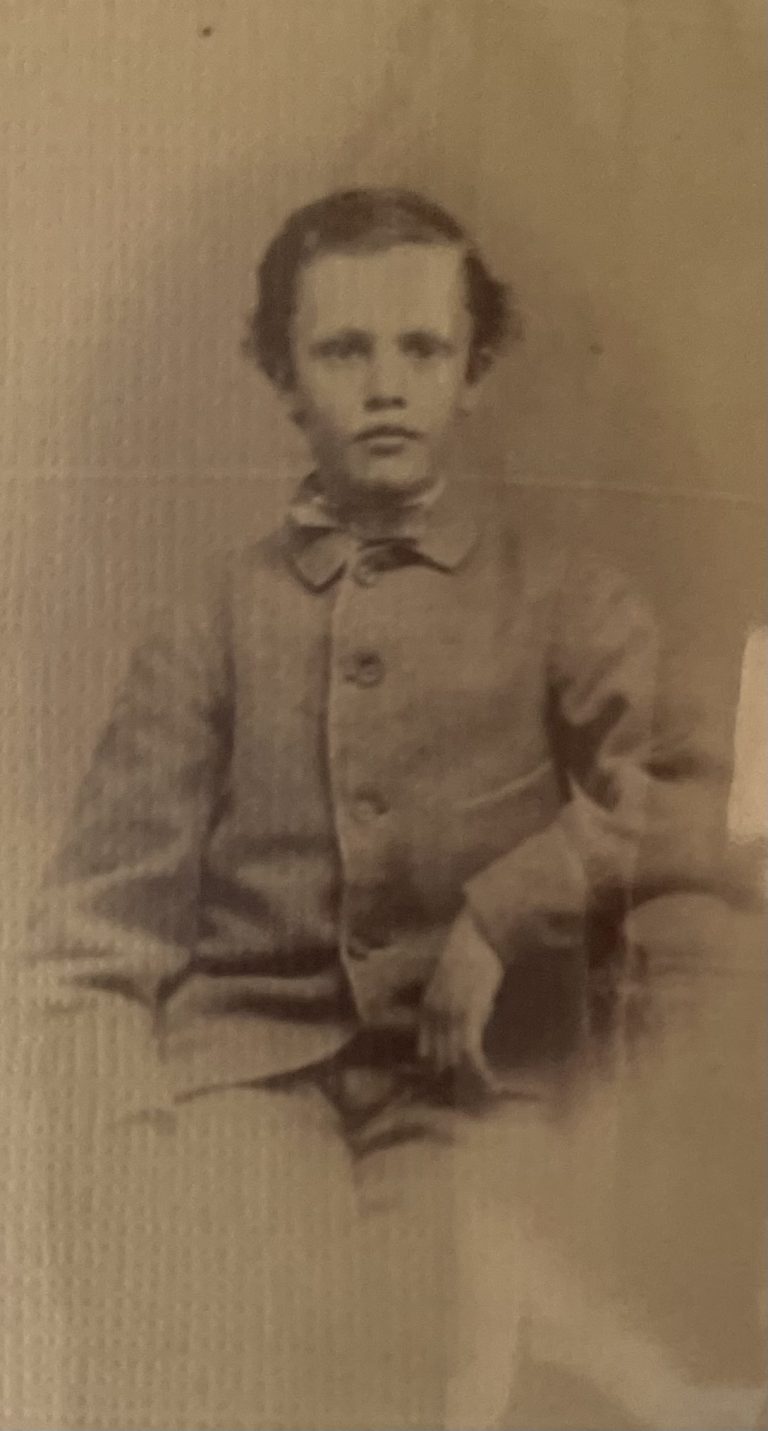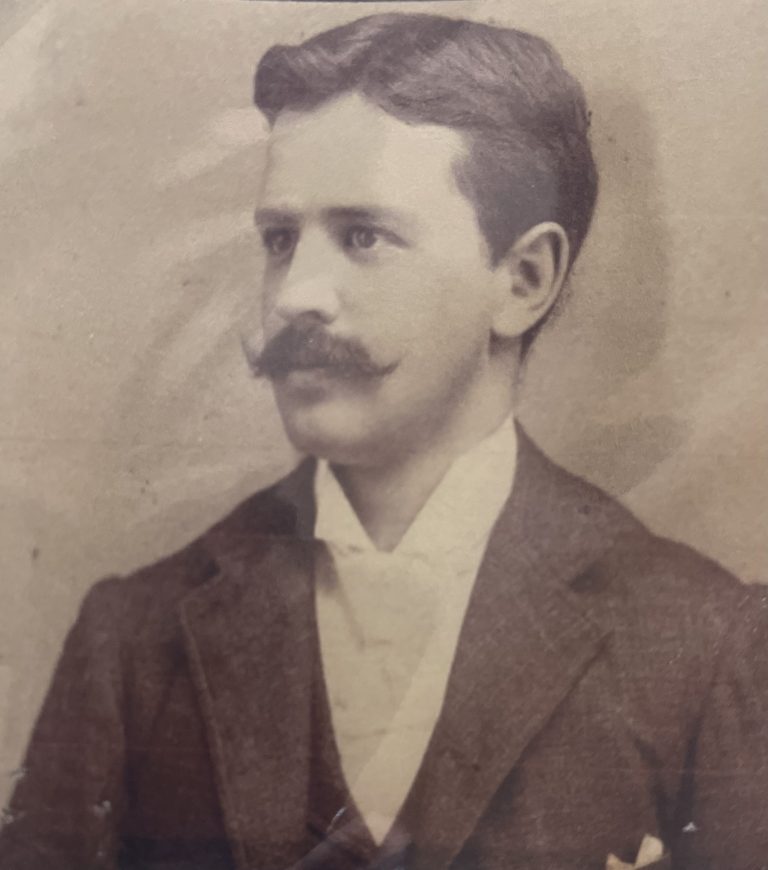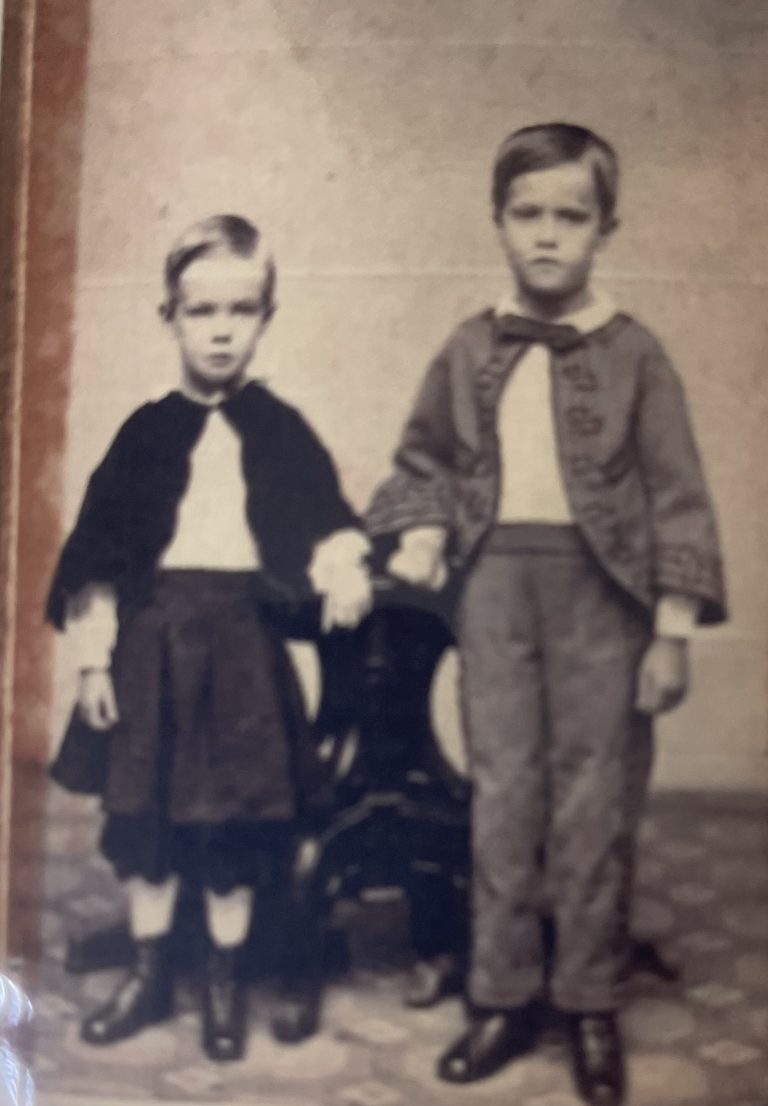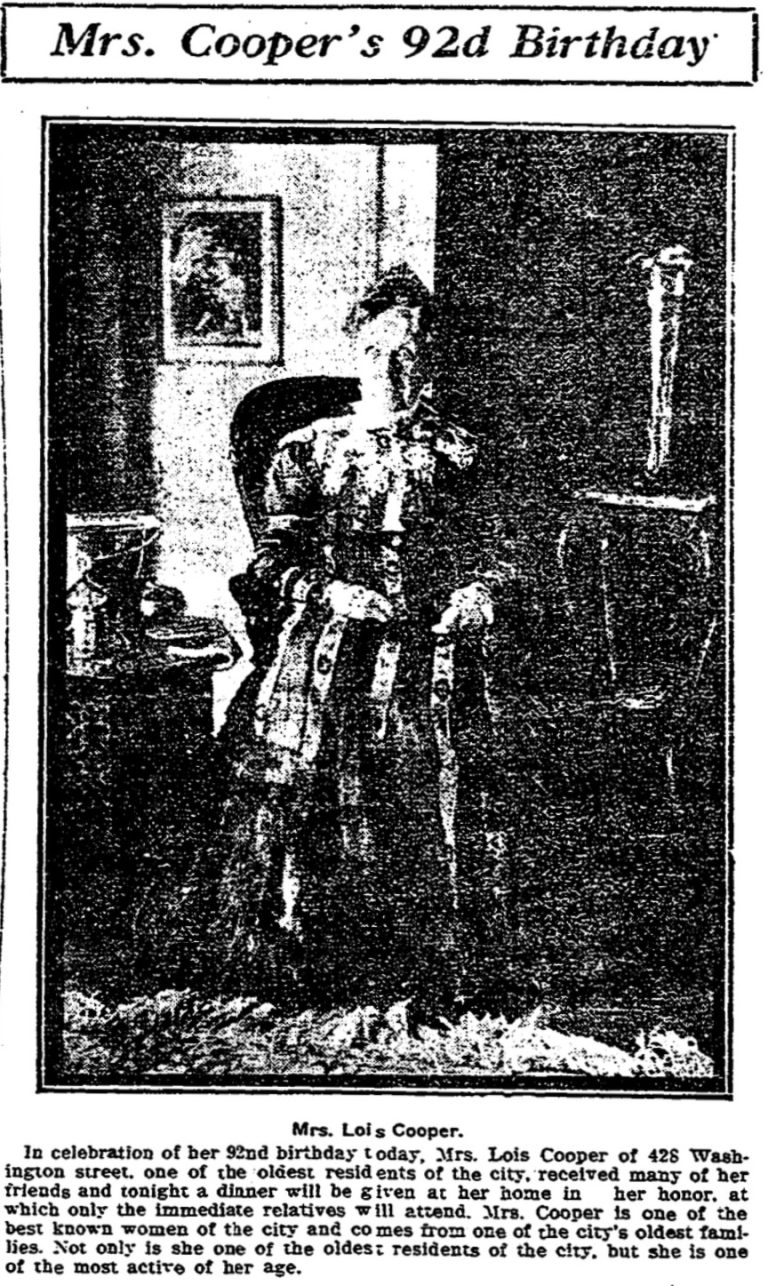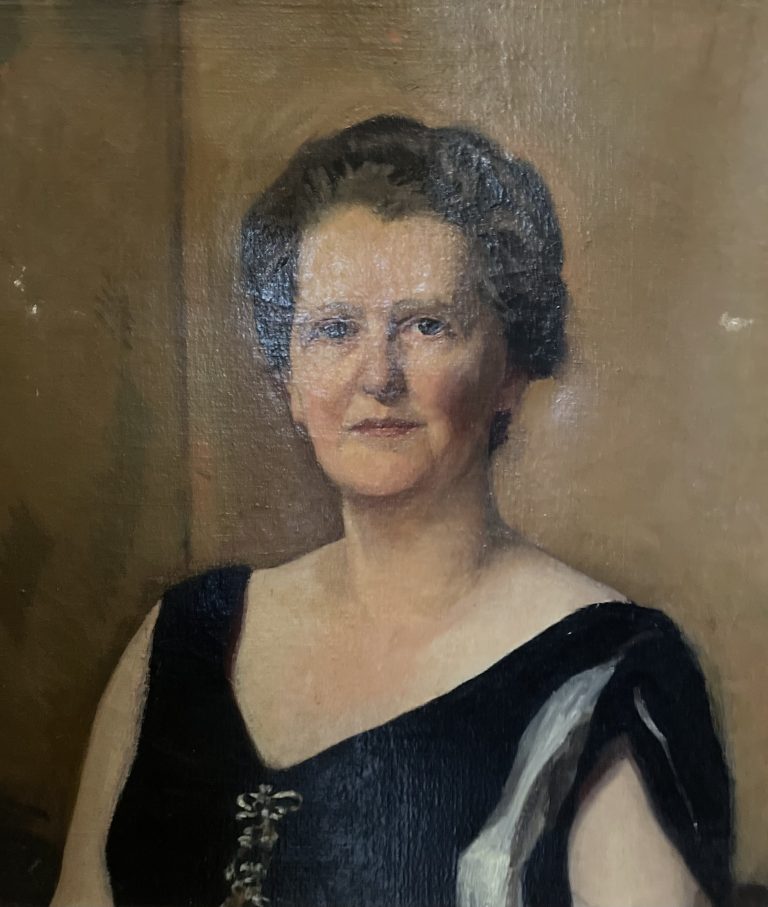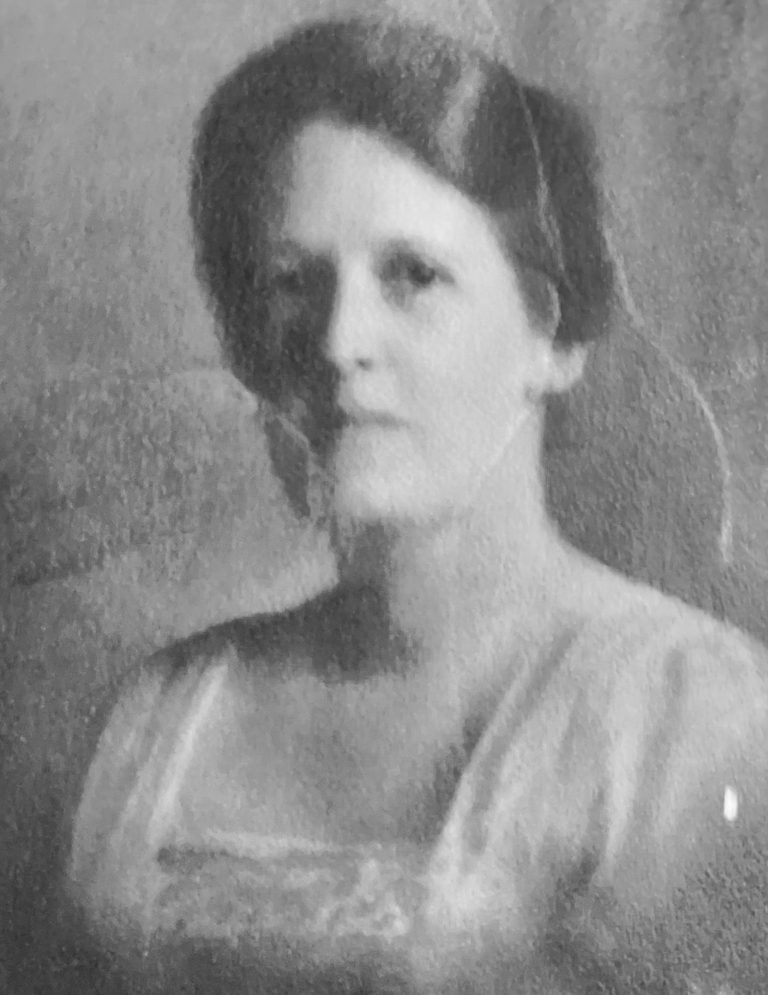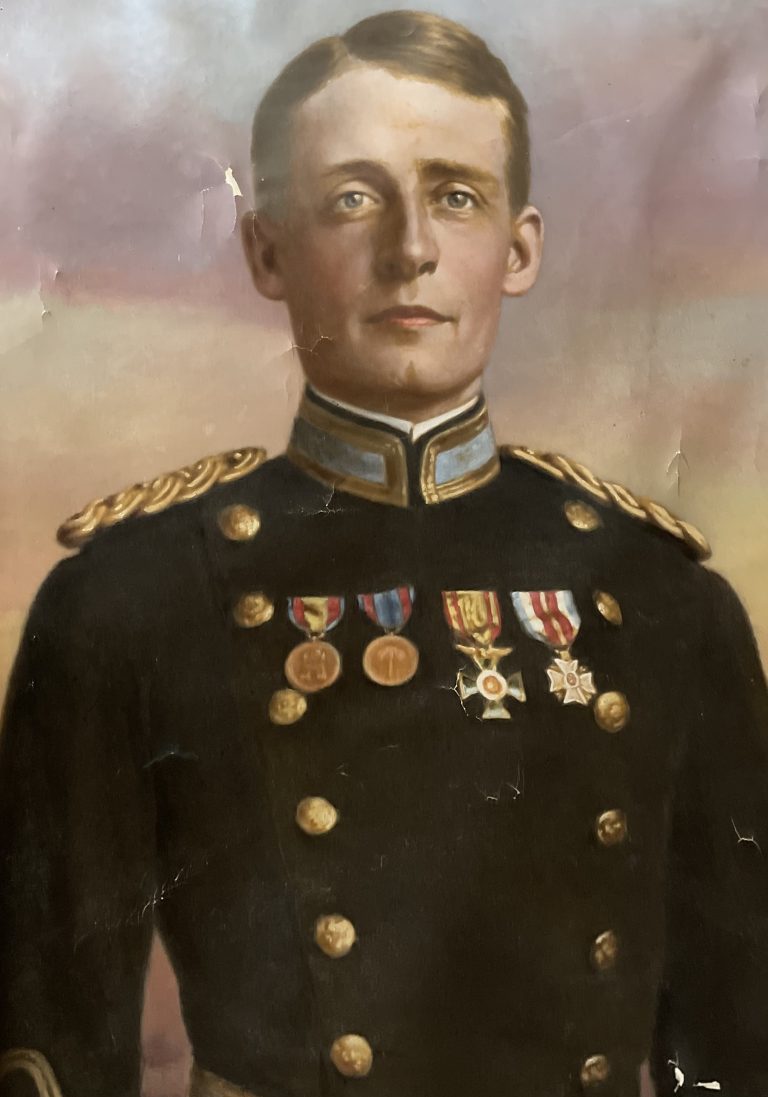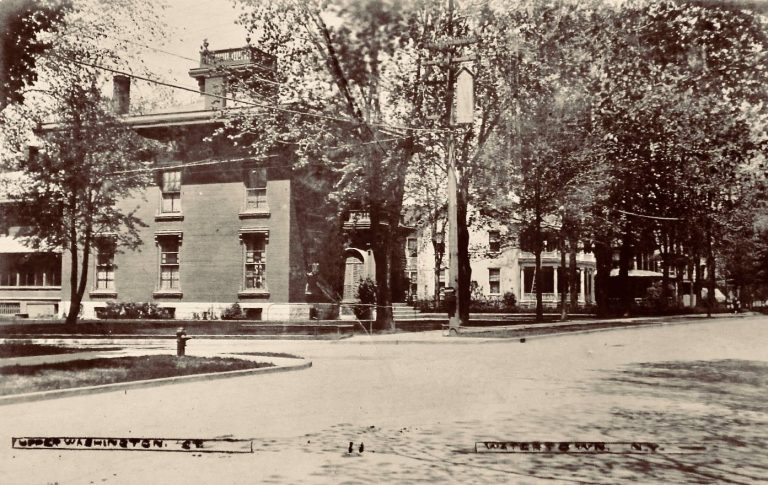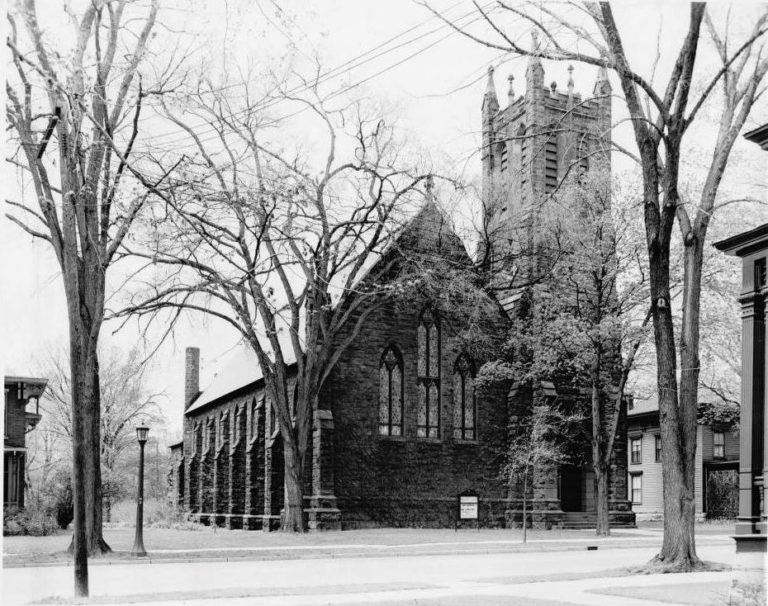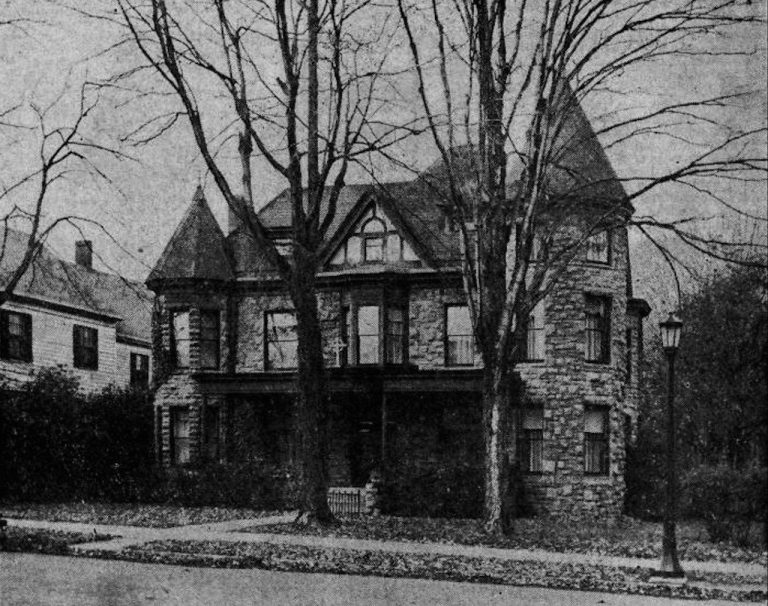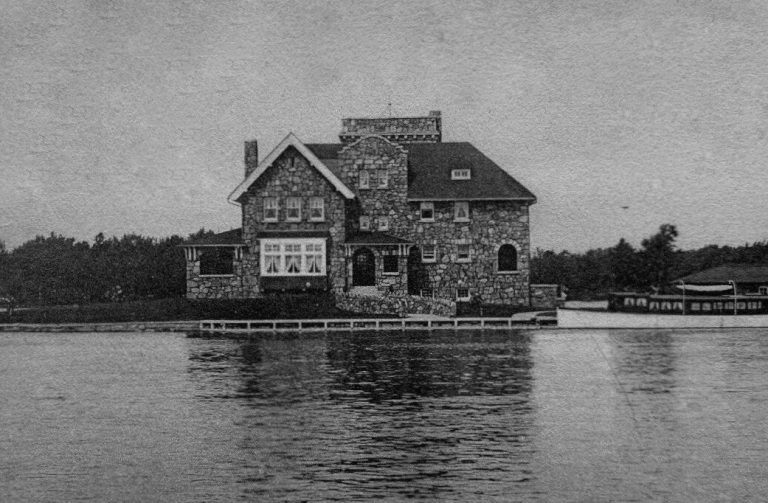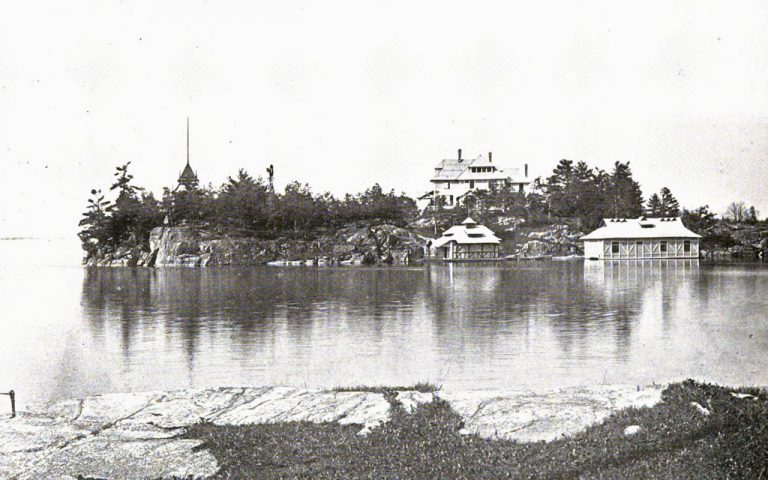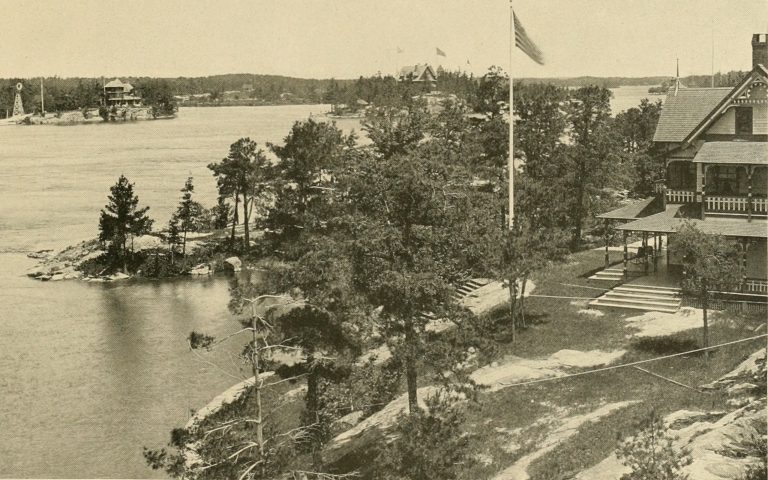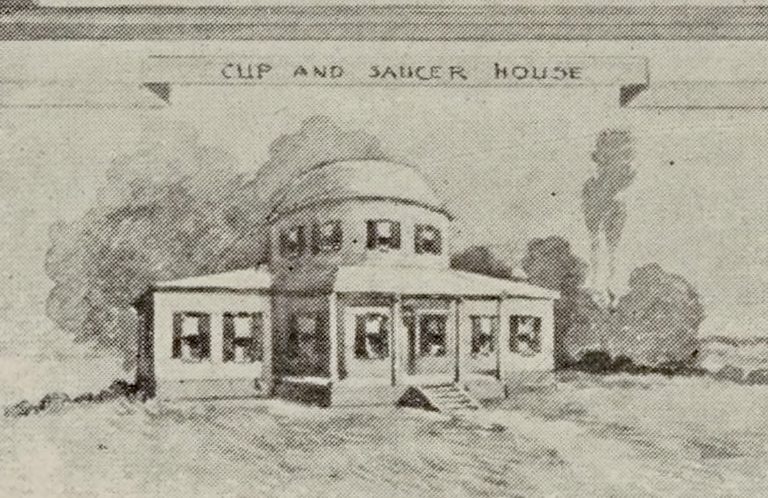Large Brick “Wise Mansion,” at 428 Washington Street, Built By Early Pioneer Howell Cooper, Later Home to Col. Hugh D. Wise
Better known in the modern era as the Wise Mansion at 428 Washington Street, the large yellow brick mansion that once graced the northern corner of Washington and Ten Eyck Streets was originally built in the early 1850s for Howell Cooper, one of Watertown’s leading citizens in its formative years. The large brick mansion with a cupola would have ties to other pioneering families, The Woodruffs and Hungerfords, via marriage throughout the years.
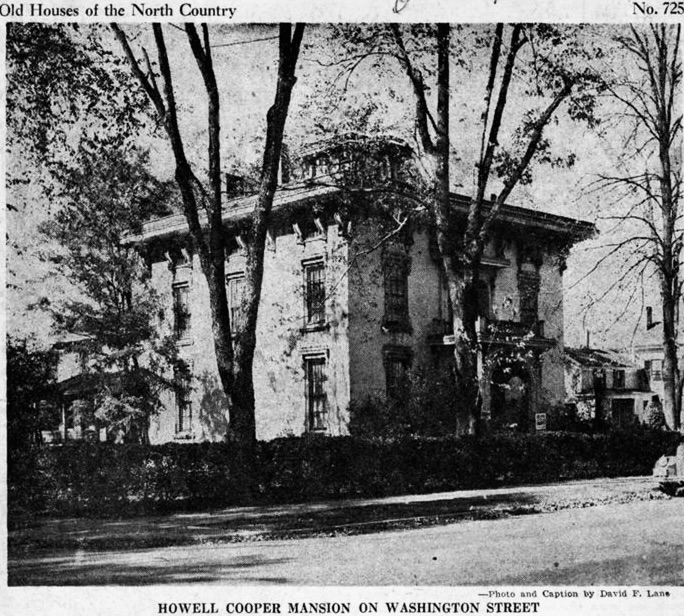
Born in 1815 in Trenton, Oneida County, New York, Howell Cooper moved to the north country two years later when his family purchased land and opened a store in Oxbow, which his father, Abraham, operated for three decades. At 19, Howell worked for his father’s business in Utica and another branch in Hammond, often making trips to Watertown, where he became acquainted with Norris M. Woodruff.
The meeting would eventually lead to Howell marrying Woodruff’s daughter, Lois, in 1839, eight years before sister Emily married Henry Keep, twelve years before the Hotel Woodruff was constructed, and twenty years before another of Woodruff’s daughters, Sarah, married Roswell P. Flower. Howell eventually went to work for his father-in-law’s brother, Horace Woodruff, and his hardware business, later taking it over with his half-sibling Elias F. Cooper after Norris’s death in 1857, to form H. & E. F. Cooper in the old Iron Block on the north side of Public Square.
Cooper bought the large lot at the corner of Washington and Ten Eyck Streets in May 1850. The site was originally part of Zachariah Butterfield’s land possessions and later part of the Orville Hungerford Farm. The mansion, described as a “massive rectangular, square-roofed structure of brick,” contained 20 rooms, 10 of which were bedrooms and five baths. It included a large barn/carriage house on the Ten Eyck side of the lot with private living quarters for the caretakers overhead.
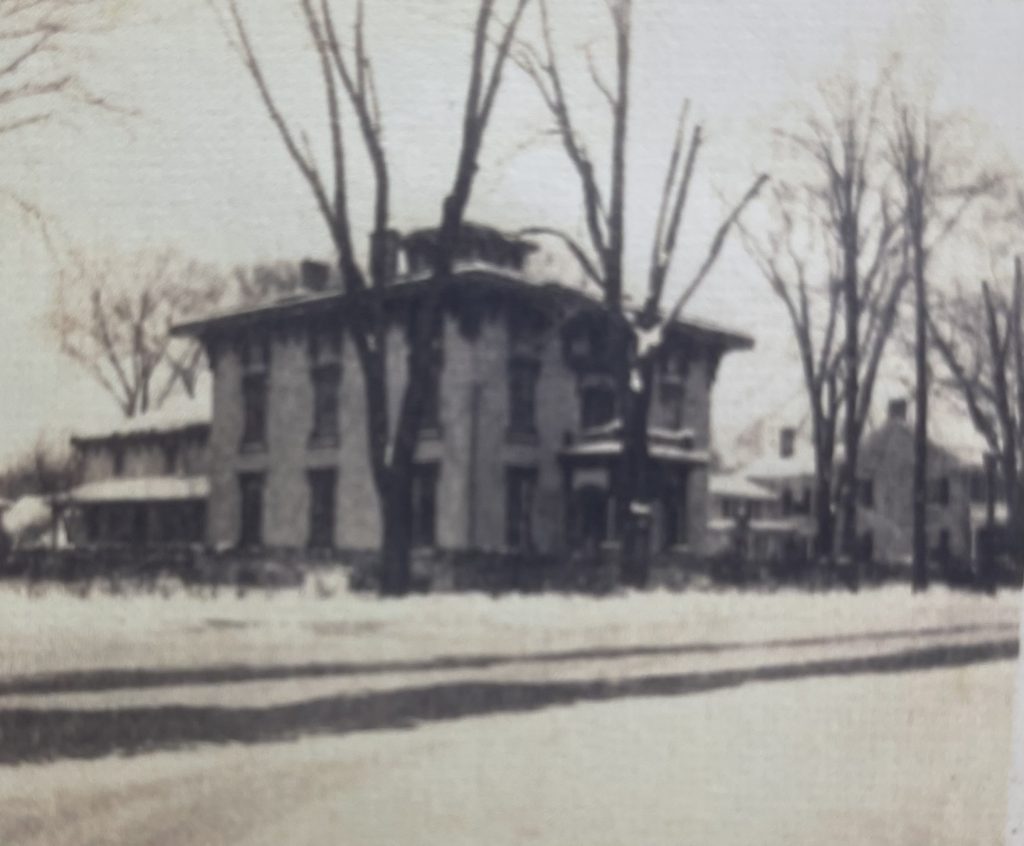
According to David F. Lane’s article in his series, Old Houses of the North Country, printed in the Watertown Daily Times—
When a municipal water system was set up in 1853 Howell Cooper became one of the original water commissioners. In 1864 he began manufacture of the Buckeye mower and reaper. On August 15 1865 he was one of the incorporators of the Portable Steam Engine & Manufacturing company. He was one of the promoters of the Potsdam & Watertown railroad and of the railroad to Carthage.
Howell died on the 24th of July, 1870, and there is some confusion regarding the deed as printed in Lane’s article, which stated Howell and his wife, Harriet M., conveyed the property to Mrs. Lois P. Cooper on May 9, 1857. Lois was Howell’s wife, and they had a daughter named Harriet, but her middle name was Roxanna. The writer’s best guess is that it was deeded from father and daughter to wife, who then quitclaimed the property back to Howell’s half-brother, Elias while reserving a life use of the house.
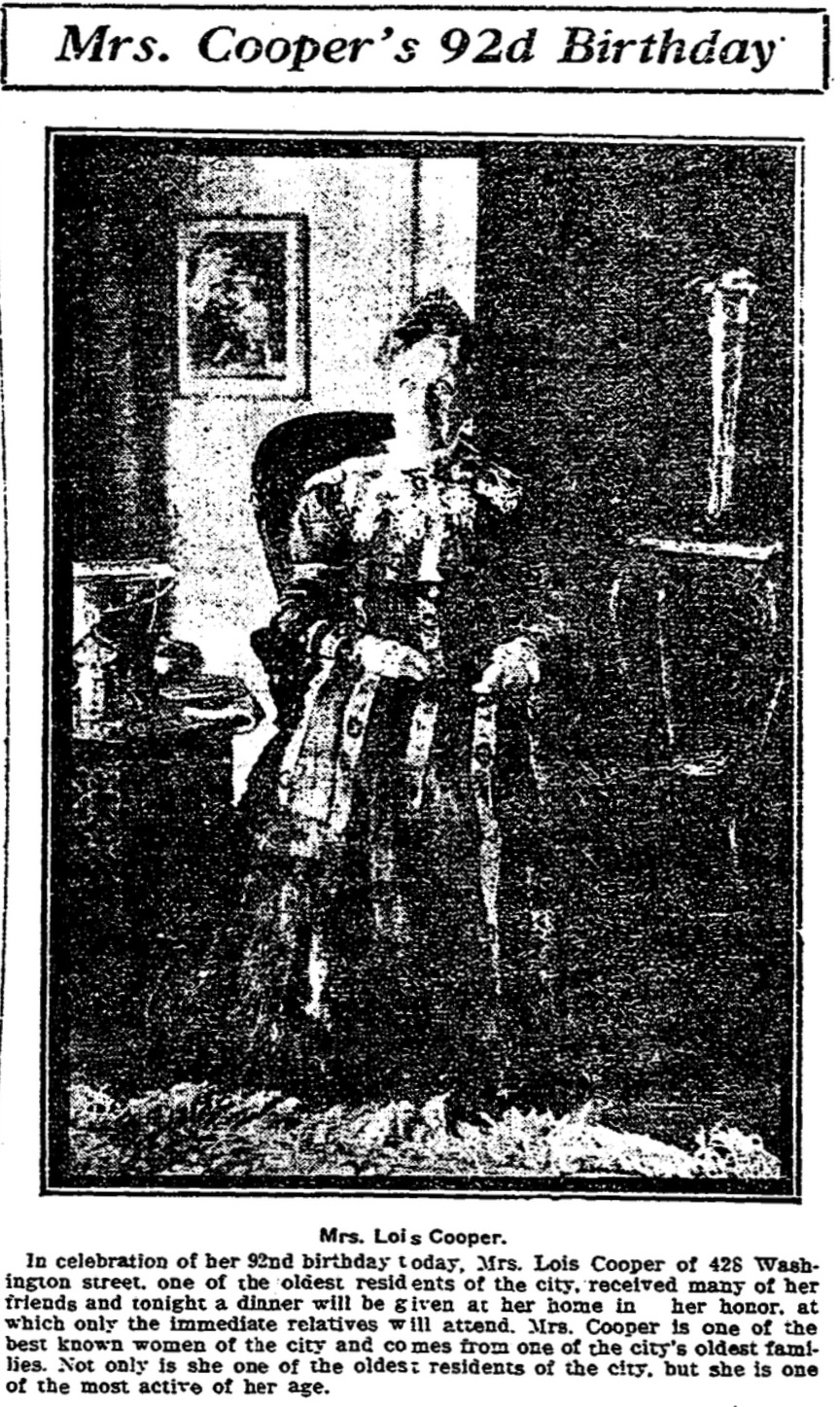
Lois lived in the large mansion for 45 more years before passing at the age of 94. She remained active in her late life, despite fracturing a hip at Thousand Island Park at the age of 81, and was described as one of Watertown’s most remarkable women.
Her birthday parties were held on the same day as the annual family dinner, which drew the likes of her extended family, Mr. and Mrs. (Kate Carol Cooper) O. E. Hungerford, Miss Harriet Hungerford, Mr. and Mrs. (Helen Cooper Hungerford) L. G. Woolworth, Charles Cooper, Mr. and Mrs. (Gertrude Annie Cooper) N. D. Yost, R. S. Hungerford, Mrs. Emma Flower Taylor, Miss Rosemary Taylor and Roswell Flower Taylor, all of Watertown; Mr. and Mrs. Harold H. Will and Mr. and Mrs. F. S. Johnson of Syracuse; Mrs. Adelaine French and Mrs. Mabel Champain of Great Barrington, Mass.
As written in her obituary on April 12, 1915, Lois was born on January 31, 1821, in a little white house where the Charlebois Block was located on Public Square, but spent most of her formative years in the Woodruff house on Arsenal Street, later, and better known as the Governor Flower mansion after Roswell and Sarah Flower expanded upon it after Norris’s death.
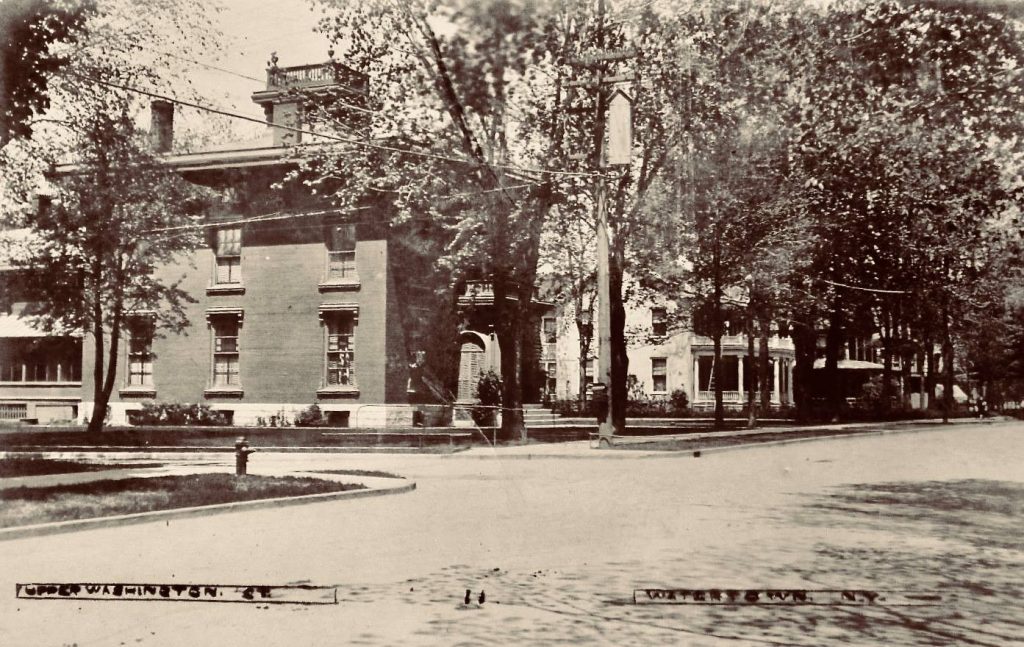
Her obituary also noted—
Of the eight children born to Mr. and Mrs. Cooper, two died in infancy and three have died since. Mrs. Cooper is survived by one son, Charles H. Cooper, of this city; two daughters, Mrs. (Kate Carol) Orville E. Hungerford, of this city, and Mrs. Theodore W. French, of Great Barrington, Mass.; and the following grandchildren, Mrs. (Helen Cooper) L. G. Woolworth, and Miss Harriet Hungerford, of this city, daughters of the late Richard E. Hungerford; (and many others.)
Charles Howell Cooper and his family lived with his mother, Lois, at 428 Washington Street until her death, when he moved in with his daughter, Gertrude Cooper Yost, at 522 Washington Street. The Cooper mansion was sold in April 1920 to Colonel Hugh D. Wise and his wife, Ida Rose Hungerford Wise, who made it one of their homes for the better part of two decades.
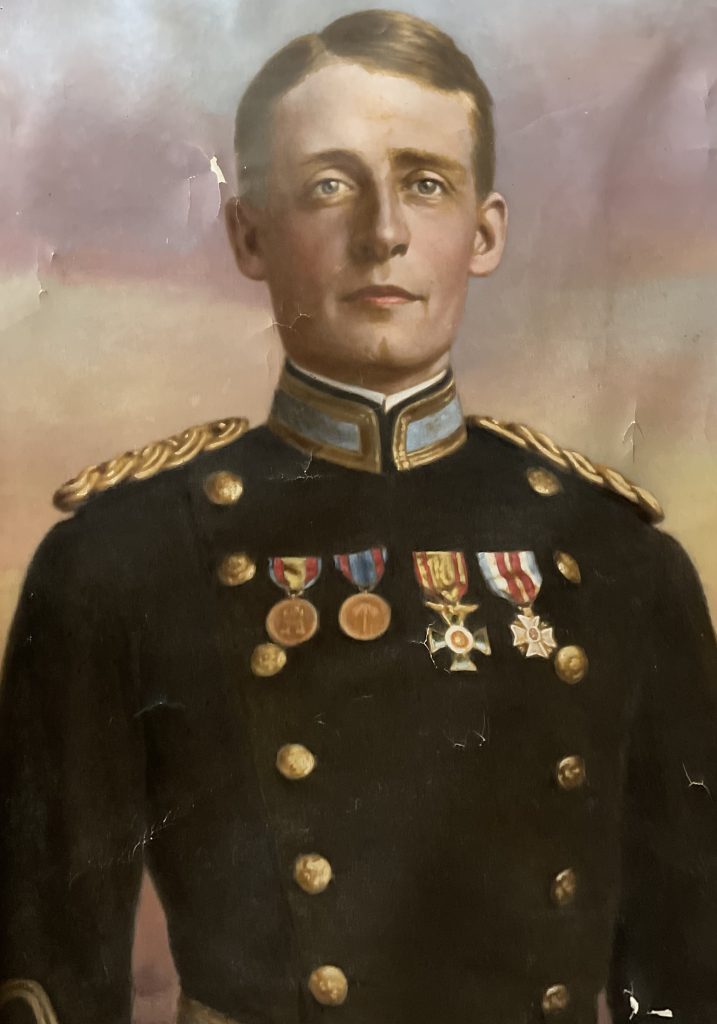
The Wise Mansion Years: 1921 – 1937
Born October 10, 1871, in Richmond, Virginia, Col. Hugh Douglas Wise’s family had been prominent in Virginia for three centuries. His grandfather, Henry A. Wise, served as Governor and a Brigadier General in the Confederate Army. The Wise family has a long lineage of exceptional military service, with Hugh and later his son following suit.
Hugh’s introduction to the military began with the Virginia Military Institute, followed by the United States Military Academy at West Point, which he graduated in 1894. He was subsequently assigned to the Ninth Infantry, which brought him to Northern New York, where he spent much time at Madison Barracks. This led to engagements during the wars with Spain and in the Philippine Islands, where he commanded Company H during the Luzon campaign and later a Battalion of Philippine Scouts in Samar during the Boxer Rebellion.
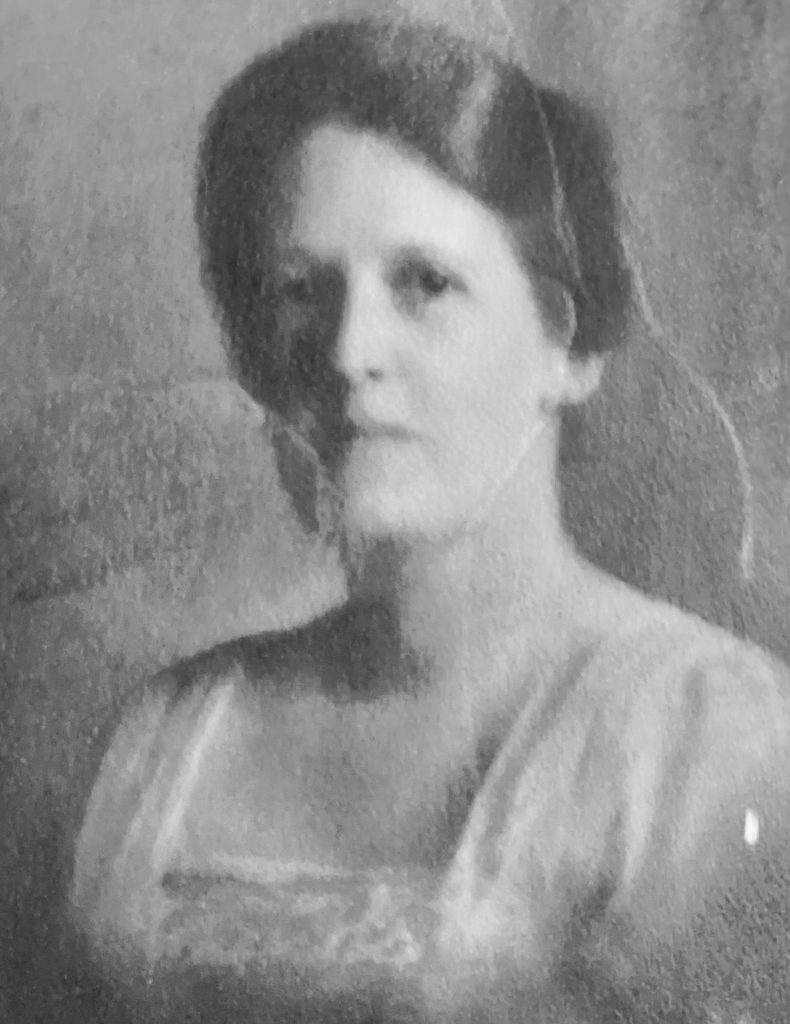
Upon returning from those engagements, Wise served in various capacities in several locations and eventually married twenty-six-year-old Ida Rosa Hungerford at Trinity Church in Watertown on January 18, 1906. Wise was a Major at the time. Ida, the daughter of Richard S. Hungerford, grandson of Watertown and railroad pioneer Orville Hungerford, and Adella Babcock Hungerford, daughter of Henry Holmes Babcock, another prominent citizen of Watertown who formed the H. H. Babcock Co.
Hugh’s military career took Ida to numerous Army posts, and he rose in the ranks to Colonel during WWI. He was discharged in 1919 and placed on the retired list a year later due to “disability incurred during the line of duty.” However, he was subsequently recalled to duty in 1920, only to be relieved of active duty the following spring.
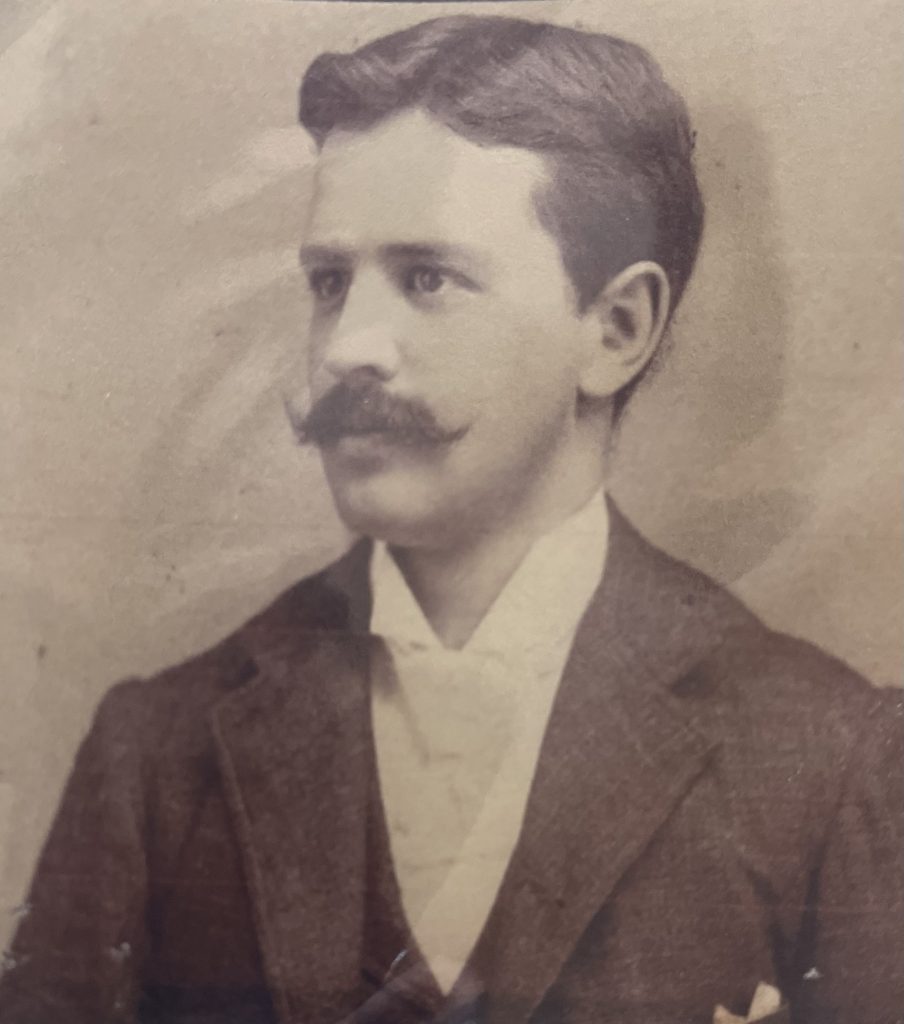
Wise’s military career was marked by having twice received a citation star for gallantry, once in the Philippines and again in Cuba. He was also awarded the Silver Medal for gallantry in action in Cuba and an Oak Leaf Cluster for gallantry in action in the Philippines. In addition, he received the Croix de Guerre de France with Army Palm for extraordinary courage and heroism in France and was recommended for brevet rank on several occasions.
According to Wise’s obituary in the Watertown Daily Times printed May 29, 1942, upon the announcement that he had been placed on the retired list in 1920, Hugh said—
“For 31 years I have not had a real rest and I plan to take a good long one now. Most of my army service in this country has been spent at Madison Barracks and I feel more closely identified with this part of the country than any other, although my home is in Virginia. I know many people in Watertown, and as this is Mrs. Wise’s home, we shall probably remain here.”
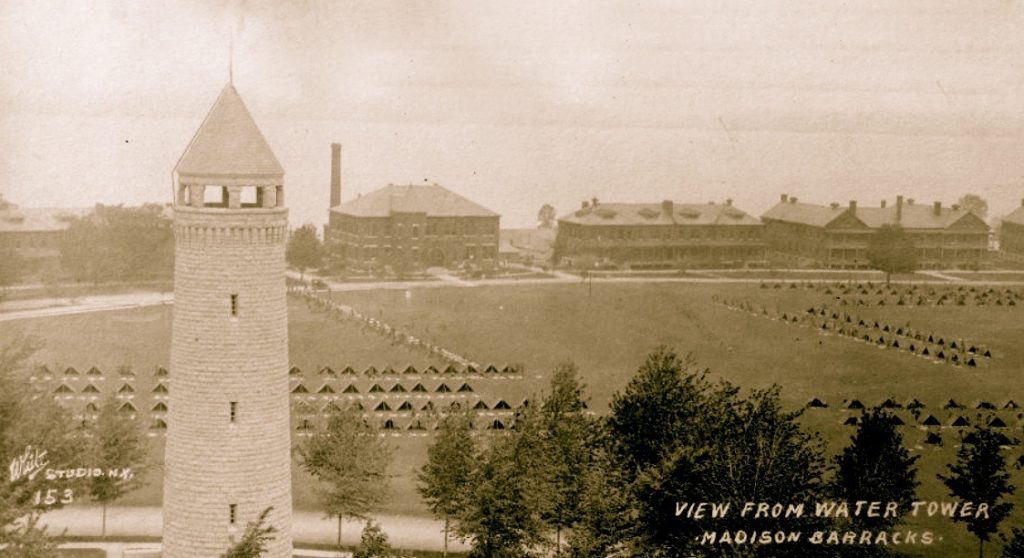
The Wises purchased and improved the large brick mansion at 428 Washington Street the following year. In 1920, he was elected Commander of the Jefferson County American Legion. He became the president of the Watertown Transportation Company in 1921 after serving as director of the company the previous year.
Wise later became interested in the burgeoning aviation field, authored several articles in Scientific American magazine regarding the early development of airplanes, and was credited with spurring interest in flying in the United States.
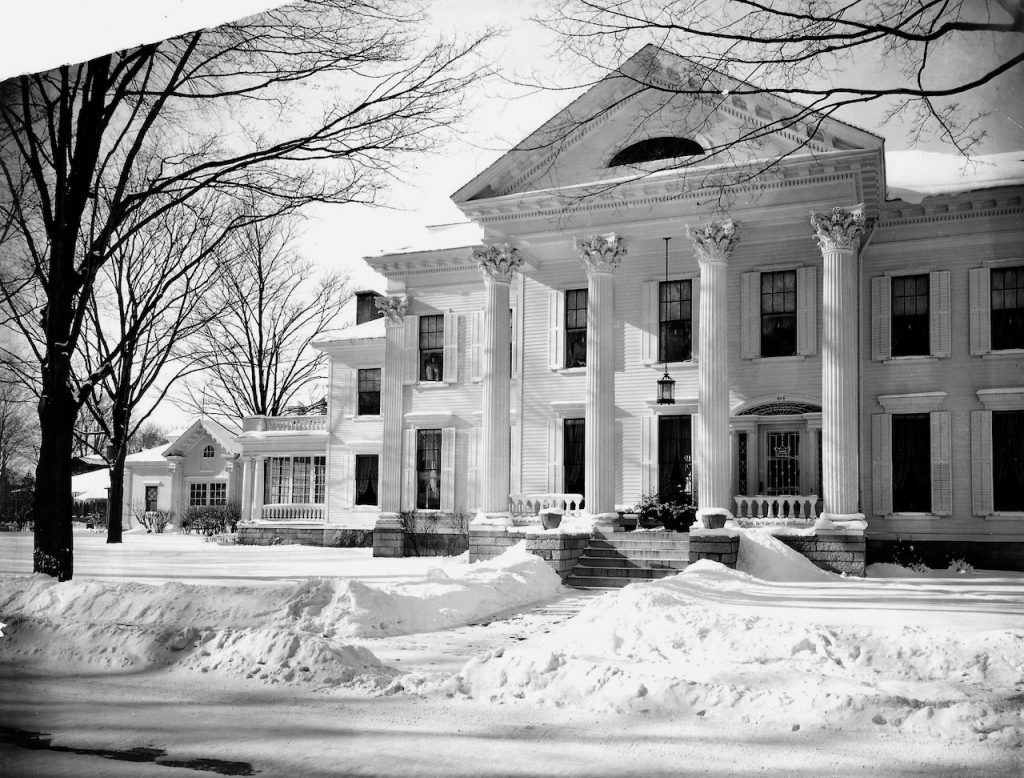
In 1928, Ida Rose Hungerford Wise inherited the former Babcock/Flower mansion, better known in the modern era as the Cleveland Funeral Home on Sherman Street, from Ida May Babcock Flower, the widow of Anson R. Flower. Anson was previously married to Ida May’s sister, Amelia, who died at 25 in 1874. The mansion was subsequently sold to George and Louise Cox. Incidentally, before its sale, the mansion’s appraisal would be taken to court, along with the Wise house at 428 Washington Street, which was appealed regularly to reduce the taxes owed, claiming the properties were “overvalued.”
In 1933, another Hungerford property, the Hungerford Building next to the Paddock Arcade, was held in trust for Ida Rose Hungerford Wise and her son, Richard. A gas leak leveled the building, but it was rebuilt due to a provision in her father’s will that directed the Jefferson County National Bank to rebuild it in the event of a fire. The building, one of the last local ties from the Hungerford and Wise families, was sold in 1968 to Smith & Percy, who had leased the building for many previous years.

After splitting time between their residence in Watertown and another in Princeton, N.J., the Wise family decided to vacate 428 Washington Street and put it up for sale. In a Daily Times article dated April 10, 1937, the Wise mansion was described with the following remarks—
The house occupies an enormous lot with 147 feet frontage on Washington Street and 297 feet on Ten Eyck Street. There are ten large sleeping rooms and five bathrooms, several large living rooms, beautiful woodwork, doors and interior decorations and a hot water heating system. The large stable at the far Ten Eyck Street end of the lot has living quarters for the coachman, and Colonel Wise may decide to split the lot in two selling the residence and the Washington Street end of the site as one and the stable and Ten Eyck Street end as another, giving spacious plots of land with each.
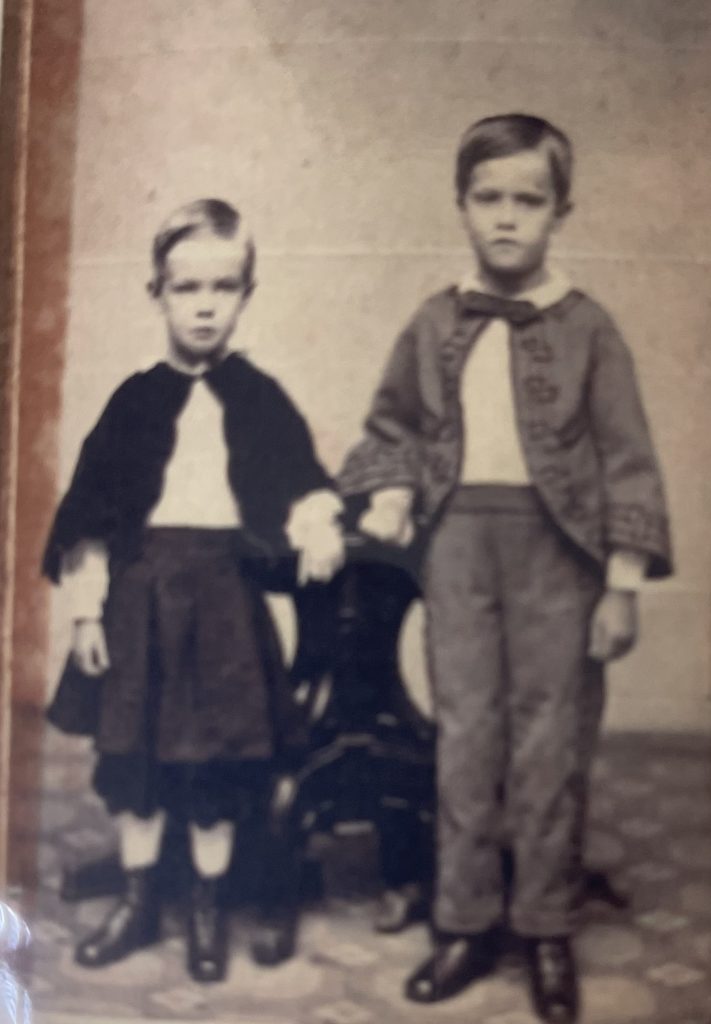
In the fall of 1941, the Watertown Improvement and Construction Company, headed by Fred N. Kirch, purchased the property. Kirch owned many local apartment houses in Watertown and planned to repair, alter, and convert the Wise Mansion into a number of apartments for rent.
Hugh D. Wise passed away at the age of 70 the following year at his Princeton, N.J., home, and Ida Rosa Hungerford Wise lived until age 75, passing away in October 1956 at the age of 75. Incidentally, she passed away within hours the same day as her aunt in Watertown, Harriet R. Hungerford, who never married and resided at the Orville Hungerford Mansion on Washington Street. Her death led to much speculation as to what would happen to the home, which fortunately was relocated a few years later to 315 W. Flower Ave. Their obituaries also appeared in the same edition of the Watertown Daily Times.

Sometime after 1958, descendants of the Wise family, including Dr. John S. Wise and his daughters Beverly and Barbara, were in New York and decided to visit Watertown, where John was raised. The family visited the old Wise mansion at 428 Washington Street years after it had been converted into apartments. Dr. Wise recounted how brothers Richard and Hugh once placed him in a wicker fruit basket and lowered him over the staircase banister, down two stories, and into the foyer, much to the dismay of their mother, Ida Rose Hungerford Wise.
In September of 1965, the property, then owned by Kitch’s son Russell, was sold to Henry W. Rouse, president of the Rouse Construction Company, and was expected to be razed. However, Rouse put over $6,000 into the mansion, which remained apartments until at least 1971. That year, no further mention of 428 Washington Street was found until the 1980s.
